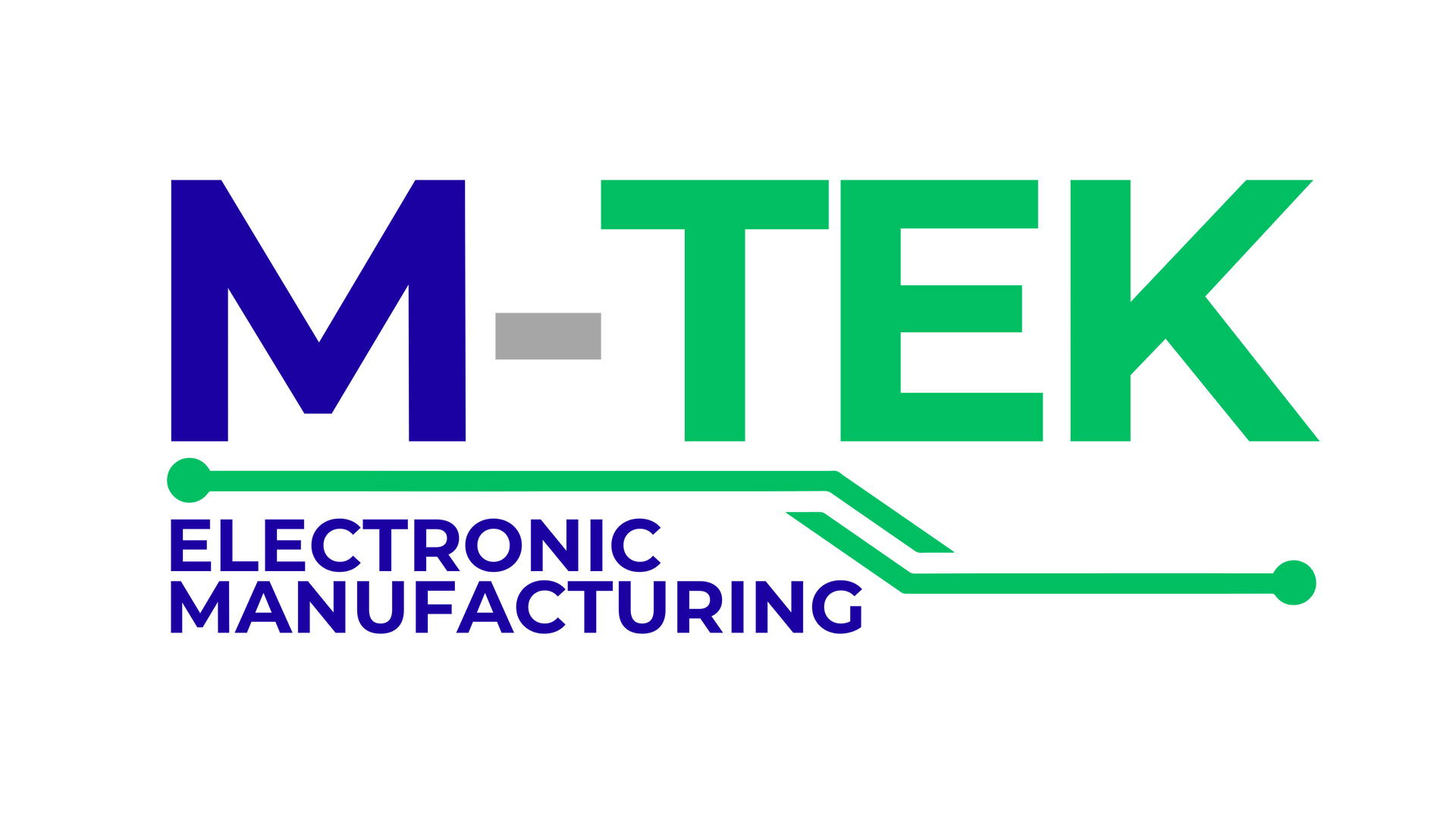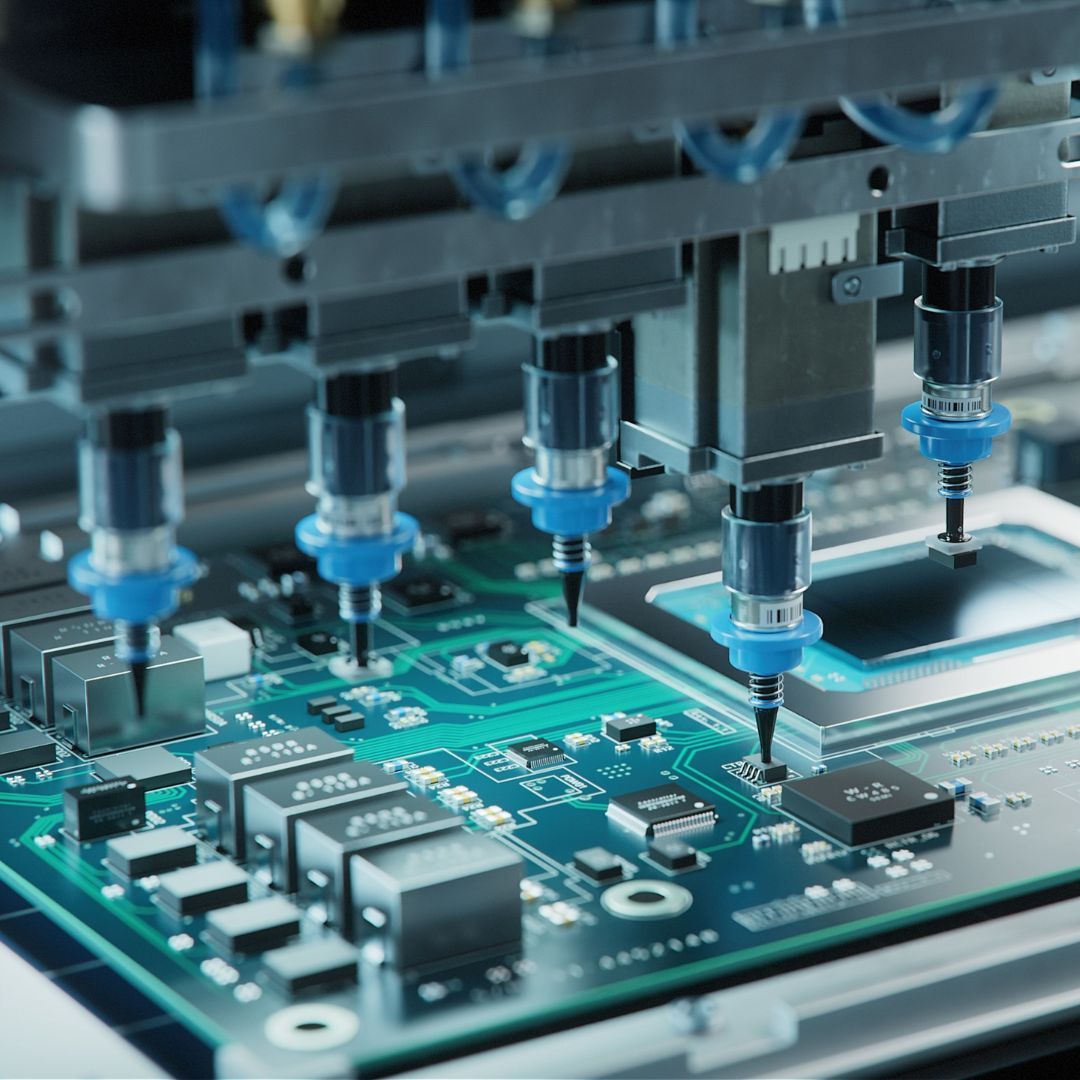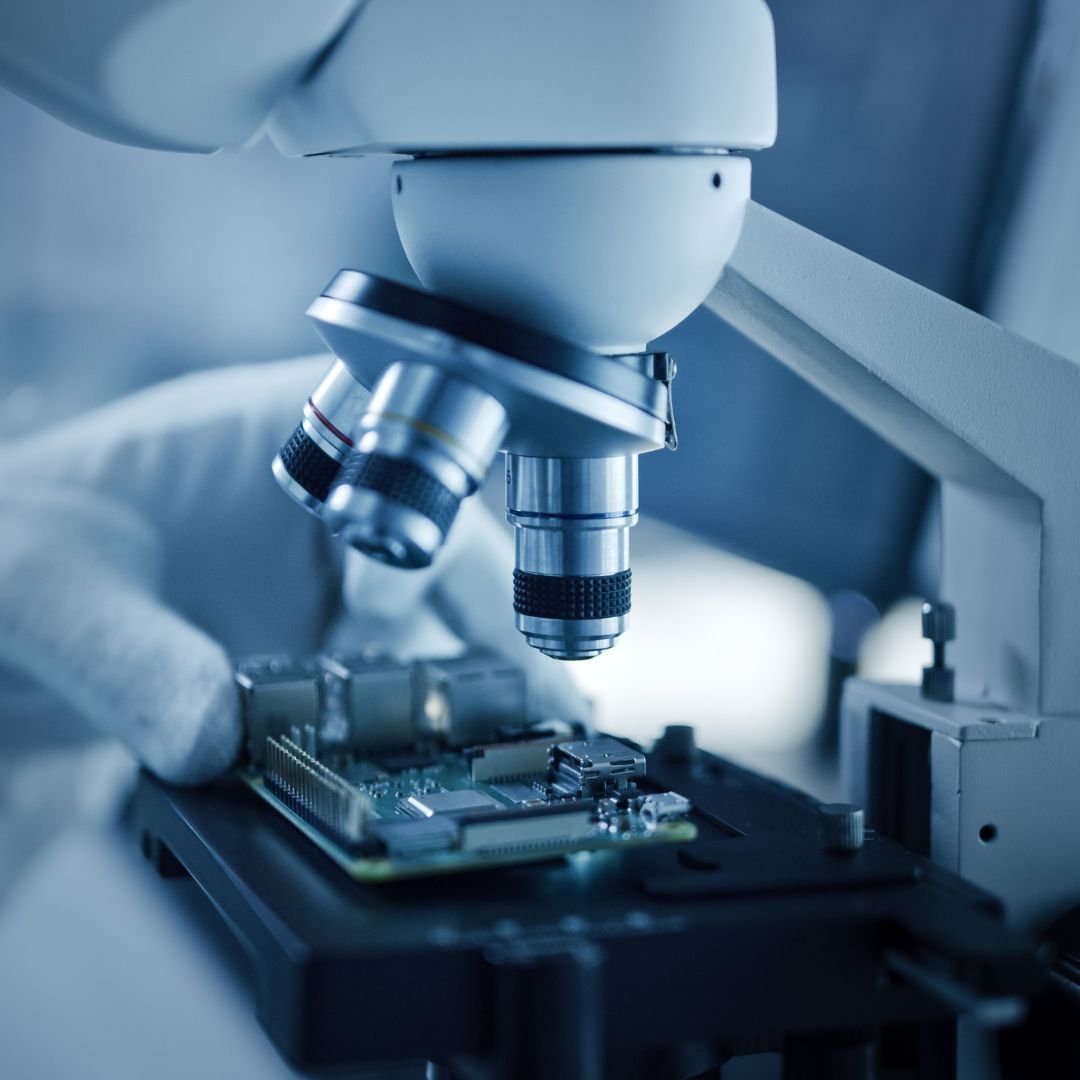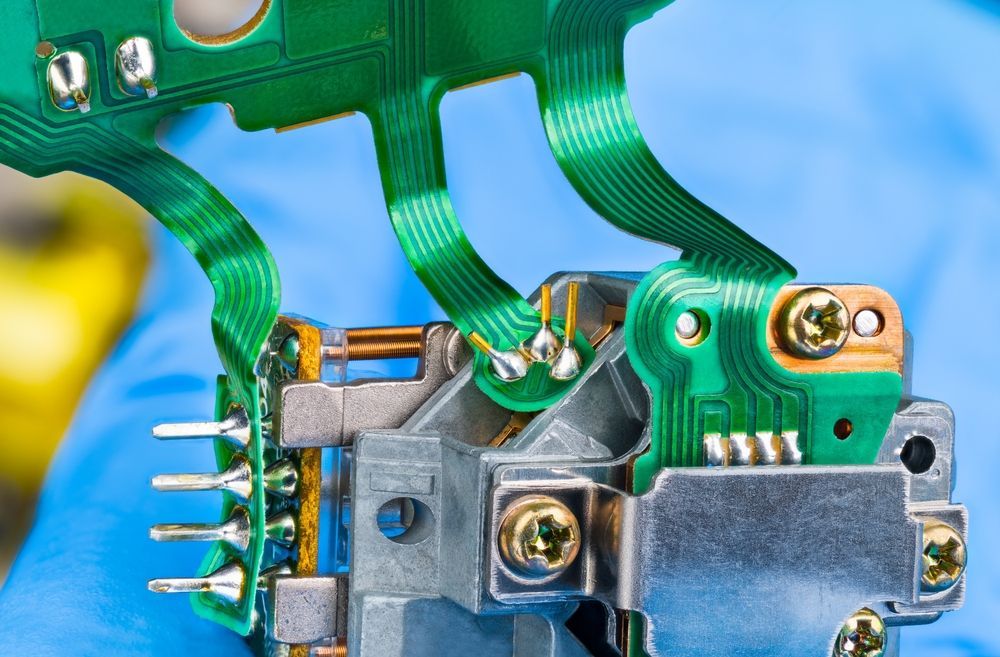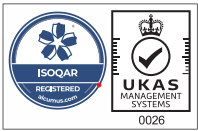Vacuum Casting
Vacuum casting is the use of silicone moulds to make plastic and rubber components in a vacuum. Vacuum casting is a great adaptable manufacturing process that is capable of replicating the injection mould to produce complex components in polyurethane resin and also cast nylon.
Thanks to the process being done under a vacuum, it means that high-quality bubble-free casting can be produced with a smooth surface texture with no blemishes. Vacuum casting is also very useful in rapid prototyping and is worth considering when selecting rapid prototyping processes for plastic or rubber components.
How does Vacuum Casting Work?
High-Quality Master Model
The vacuum casting requires high-quality master models. The master model can be the industrial part itself if required. However, you should always ensure the master model being used is the correct dimensions and looks the way you want it to.
Cure Process
A master model will then be encapsulated into a two-part silicone mould, the mould is then cured under high temperatures to make sure that the two parts will stick together. This is used to strengthen and make sure the mould is durable.
After the mould has been cured it is then cut open to reveal a hollow centre. This hollow centre will have the exact dimensions of the master model.
Filling Resin
The mould is then filled with the designated material so that the resin can replicate the characteristics of the industrial materials. After the mould is filled with the resin material, it is then placed into a vacuum chamber. The vacuum chamber will ensure that there air no air pockets within the mould.
Final Cure Process
Finally, the resin is placed in an oven for the final cured stage, this is to ensure that the material is strong enough to withstand its purpose. Before it is placed in the oven the silicone mould is removed from the resin component so that it can be reused for more prototypes.
Advantages of Vacuum Casting
There are many advantages to choosing vacuum casting for your business, one is that multiple parts can be used and recreated from the same master pattern within 24 hours, this can reduce the product's design in the prototyping process stage. Helping to cut time and cost on new product developments. Not only this but there are a wide variety of vacuum casting resins available to suit various applications, such as clear, food-grade and flame resistant resins.
Vacuum casting is also a good option for creating small batches of high-quality injection moulding parts for prototypes or low volume end parts, meaning low stress for manufacturers.
About M-Tek
By choosing M-Tek for your vacuum casting and PCB service needs, you will also be doing your part to save the planet. We have achieved a net-zero carbon footprint from our use of electric vehicles, and for every circuit board we build, we plant a tree! Get in touch with one of our experts for help with your SMT and PCB assembly today. Call us on 01189 455377, or follow us on Twitter to stay up to date with our services.
